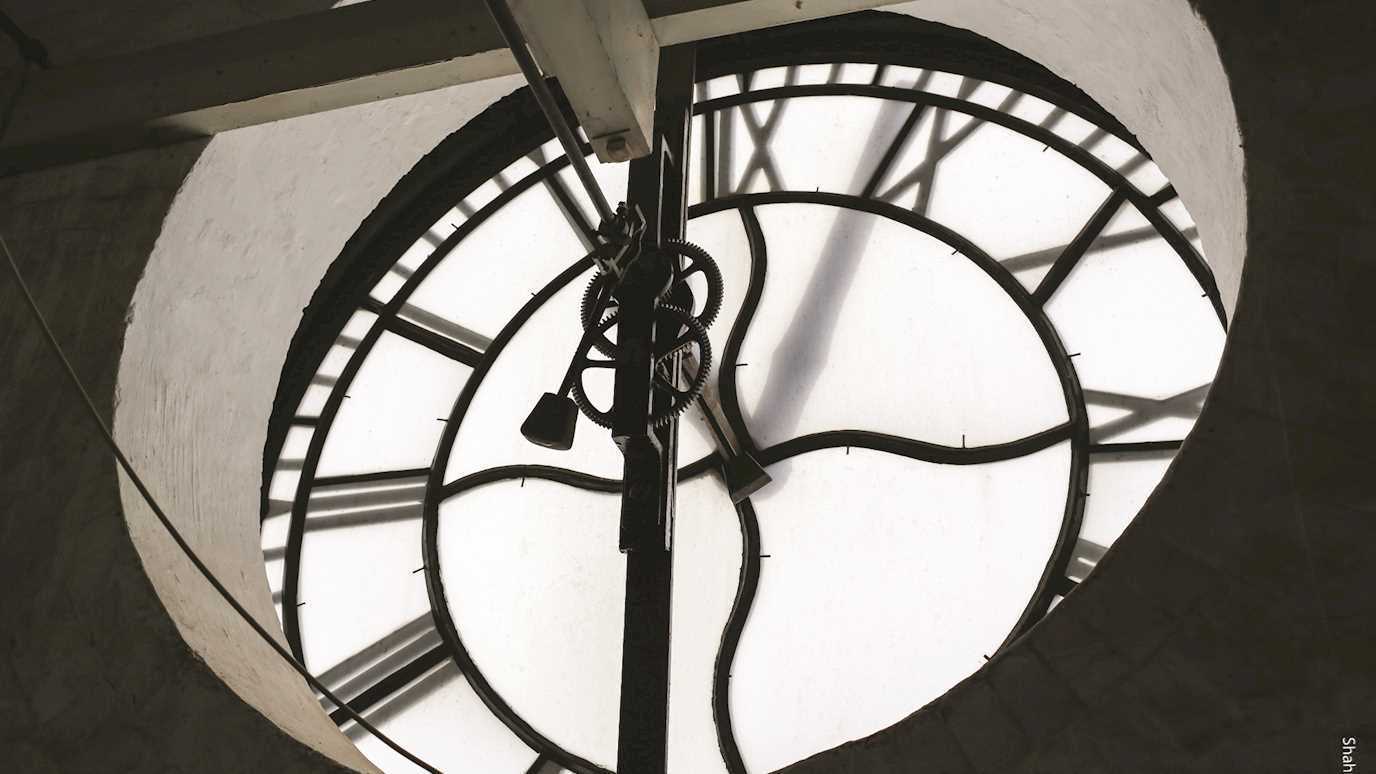Working with historians has helped museums to develop new content and build interactive visitor experiences to draw in visitors and generate income.
Professor Hamlett and Dr Platts have used their research to collaborate with small museums to transform strategy and curatorial practices, diversify audiences and enhance visitor experience and learning.
Homes of the Homeless
Working with Museum of the Home, Professor Hamlett co-curated an exhibition that explored the lives and places inhabited by the poor and homeless in Victorian London. An innovative format for visitor interaction was introduced inviting visitors to pick oakum (rough rope) and to try out a ‘coffin bed’ from a Victorian homeless shelter. The exhibition marked a new direction and was used as part of the museum’s education and learning programme for Key Stages 2 and 3 and a British Sign Language Tour.
The research also inspired a project run by the museum and Horizon, a day centre in Kings Cross working with young people who are homeless or at risk of homelessness. The project enabled participants to explore the accounts of homelessness in Victorian London and create a display of poetry, artwork and films, called ‘Home & Hope: Young people’s experiences of homelessness today.’ This was displayed alongside the main exhibition and was seen by approximately 60,000 visitors.

Sensations of Roman Life
‘Sensations of Roman Life’ was an immersive experience event co-organised by Dr Platts and Dr Ewart (Reading University) at Fishbourne Roman Palace presenting a virtual reality model of a Roman villa, developed by reconstructing House 1 Insula IX from Silchester, using excavation reports. As well as a visual reconstruction of the dwelling and its environs, the model was also programmed with sounds and smells that reflected the archaeological finds of daily life in and around the dwelling. Audience feedback to the VR model demonstrated how it brought the experience to life for them with an average 28% increase in understanding the olfactory experience and a 41% increase in understanding the auditory experience of life in the Roman house.
This played a key role in the museum’s public engagement and education programme and they have since continued with this focus on digital technology and reconstruction as part of a larger project called ‘Skills for the Future’.
Informing Museum Practices
As part of the Centre for the Study of the Body and Material Culture, Hamlett and Platts have used their in-depth experiences to co-organise collaborative workshops on re-creating sensory experiences in museums and understanding the use of domestic technologies. The centre provides a platform for networking and knowledge exchange on the use of digital and immersive technologies and for the development of an international network on the use of data science in museums and heritage.
Photograph credits:
Home and Hope display - a collaborative project between the Museum of the Home and New Horizon Youth Centre exploring young people’s experiences of homelessness today.
Homes of the Homeless exhibition – installation shot of ‘Men in coffin beds in a Salvation Army shelter’, c1900 © The Salvation Army Heritage Centre






















